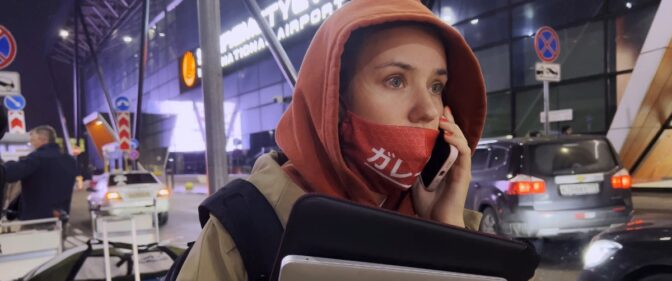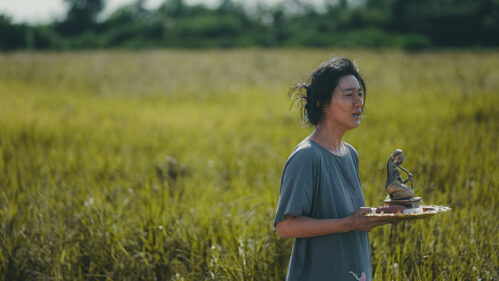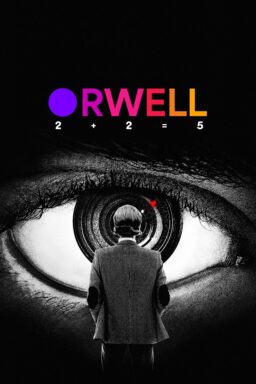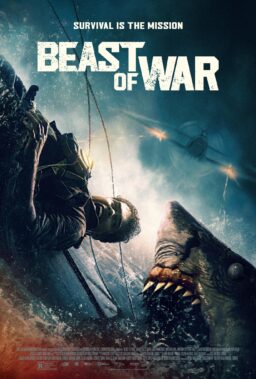TELLURIDE, Colo. — The Telluride Film Festival, which honors three people with tributes every year, honored a missing person in 1984. The program was titled “Where Is John Alton?” and it showed clips from the work of one of Hollywood’s greatest mystery men, a cinematographer who worked both sides of town – from low-budget film noir to an Academy Award for “An American in Paris” – before disappearing in 1960.
The tribute was organized by Bertrand Tavernier, the French director who first fell in love with Alton’s style when he was 15 years old. It was impossible to mistake an Alton film because he specialized in darkness and shadow – sometimes illuminating an entire night scene with only available illumination, or a single light. His photography set the mood for the characteristic look of film noir, that genre born in the 1940s out of hard-boiled crime, tough-talking dames, and doomed losers who smoked a lot.
And he wrote a book about cinematography, Painting With Light, that is considered a classic.
John Alton was not, however, discovered as a result of the 1984 tribute, and remained missing – “the Garbo of cinematographers,” as Variety’s Todd McCarthy once described him. At the age of 62, he had simply stopped working and disappeared, even resigning from the American Society of Cinematographers. Was he still alive? He would be 92 years old.
He was. And in a tribute extraordinary even by Telluride standards, he was honored here this year, and the story of his “rediscovery” was told. When McCarthy co-produced “Visions of Light,” a documentary about great cinematographers, Alton read about it in the newspaper and asked to attend the opening. McCarthy, who had hoped to include him in the film, was astonished to hear from him, and arranged for the Telluride tribute.
Here in the Sheridan Opera House, a standing-room audience saw clips from his big-budget movies (“Elmer Gantry,” “Father of the Bride,” “An American in Paris”) and the small-studio film noirs he likes even more (“T-Men,” “Raw Deal,” “Mystery Street,” “He Walked by Night,” “The Big Combo,” “I, the Jury“). Then Alton, active and alert, strolled onstage with Tavernier and McCarthy for a Q&A.
Where was he all those years? “I got to be 62, and people didn’t figure on living much longer than 70,” he said, “and so my wife and I decided to live a little. We traveled.” They lived in Argentina, France and Germany, he said, and had a great time. “But it seems like I had more time than I expected,” he added with a smile.
Famous for his boldness in shooting whole movies in dark shadows, Alton was also known for his speed: “We’d get 70 set-ups some days,” he said. “We had only two or three weeks to make some of those pictures.”
What inspired him to make the darkest and most atmospheric works in film noir history?
“If I would have had more light,” he said, “they would have been comedies. Besides, the most interesting things in the world happen at night.”











